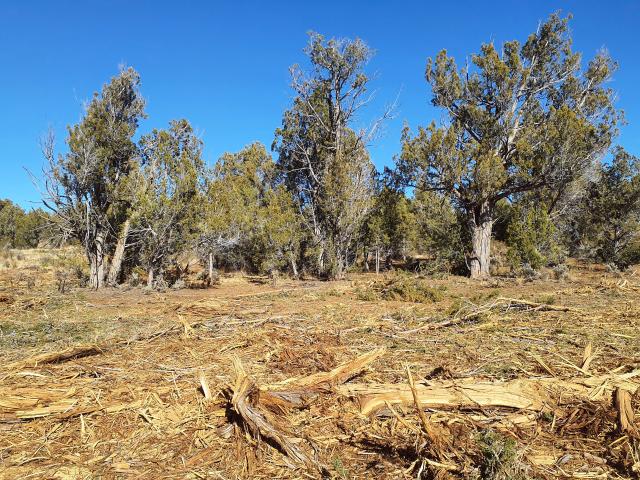Related Stories
- Lake Havasu Fisheries Improvement Program is the gift that keeps giving
- Lake Havasu Fisheries Improvement Program: Thirty years of stewardship, science, and community
- Agua Fria National Monument: A desert oasis with a rich history and a vital present
- Partnership drives ongoing habitat restoration in Muddy Creek watershed
- Tucson Field Office and local tribe coordinate on land management strategies
Office
4001 East Aviator Drive
St. George, UT 84790
United States
Phone:
Email:

